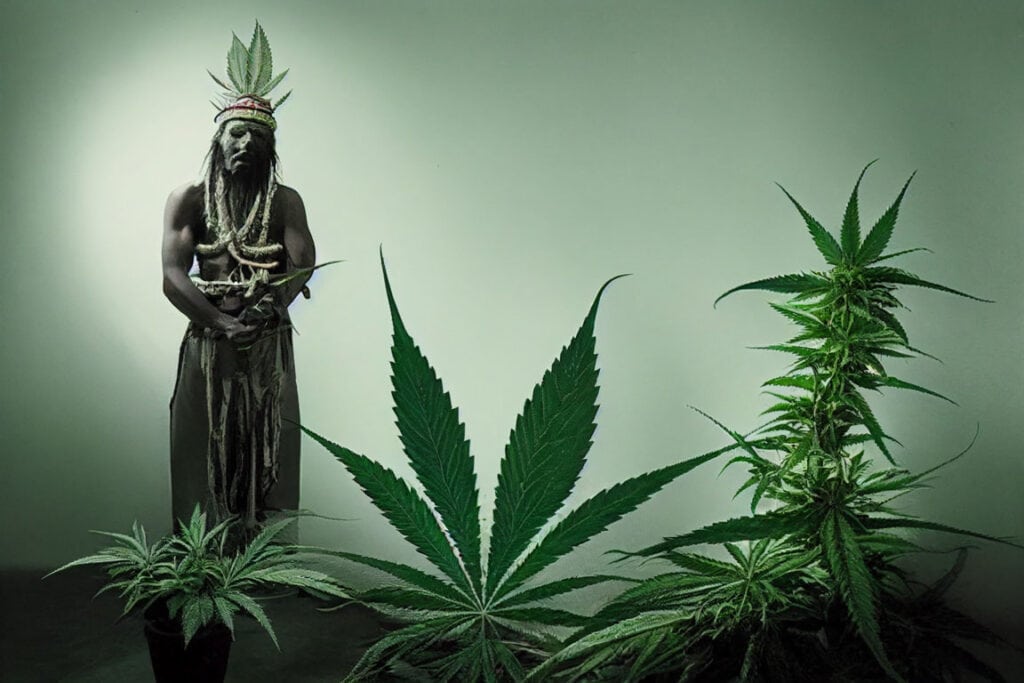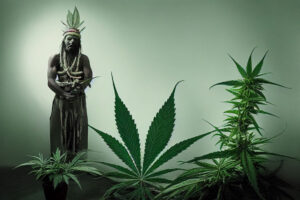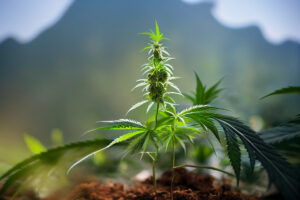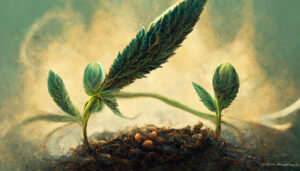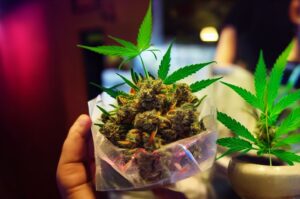Cannabis has long been a part of popular culture and media, with the drug being depicted in a variety of ways over the years. In some cases, cannabis has been portrayed as a dangerous and harmful drug, while in others it has been depicted as a harmless and even beneficial substance. The way cannabis is portrayed in popular culture and media has changed over time and varies depending on the country and context in which it is depicted.

Beginning
One of the earliest portrayals of cannabis in popular culture can be found in literature. In the 19th and early 20th centuries, cannabis was commonly depicted as a dangerous and addictive drug in works of fiction. For example, in the novel “Reefer Madness,” published in 1936, cannabis is portrayed as a highly addictive substance that leads to violent behavior and insanity.

The second half of the 20th century
In the second half of the 20th century, the portrayal of cannabis in popular culture began to change. In the 1960s and 1970s, the drug became associated with counterculture and the hippie movement, and it was often depicted as a harmless and even beneficial substance. For example, the popular television show “The Love Boat” featured a character who was a marijuana farmer, and the drug was depicted as a harmless and even fun part of his lifestyle.

Nowadays
In recent years, the portrayal of cannabis in popular culture and media has continued to evolve. As more and more countries legalize the drug for medical or recreational use, it has been depicted in a more positive light. For example, the Netflix series “Weeds” features a protagonist who is a marijuana dealer, and the drug is portrayed as a legitimate and even profitable business.
Overall, the portrayal of cannabis in popular culture and media has changed over time and varies depending on the country and context in which it is depicted. As the legal status of the drug continues to evolve, it is likely that its portrayal in popular culture and media will continue to change as well.

